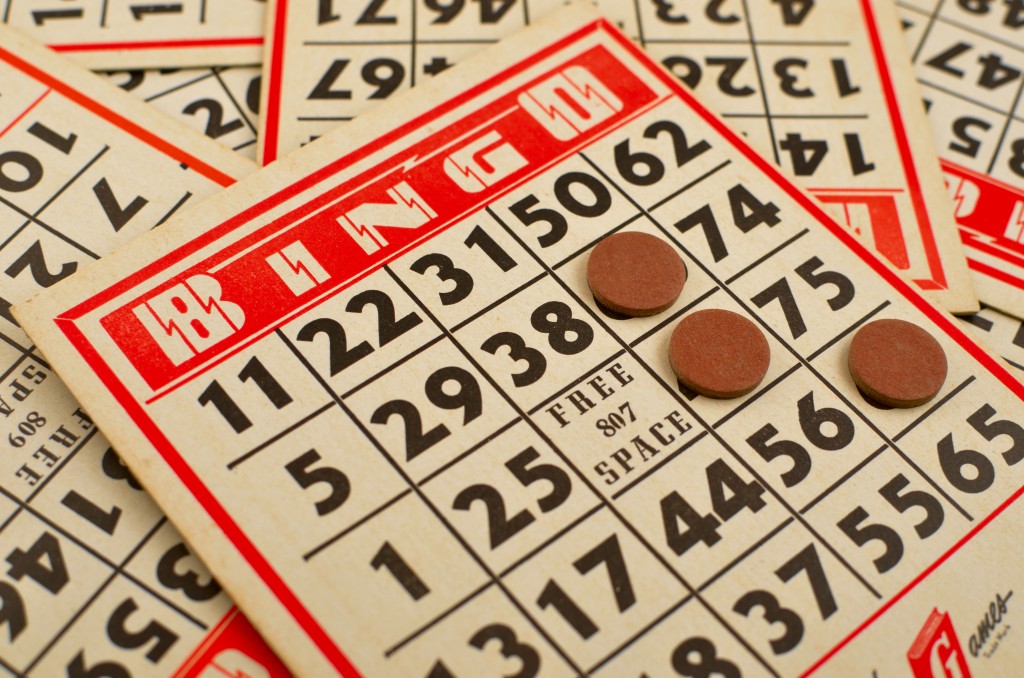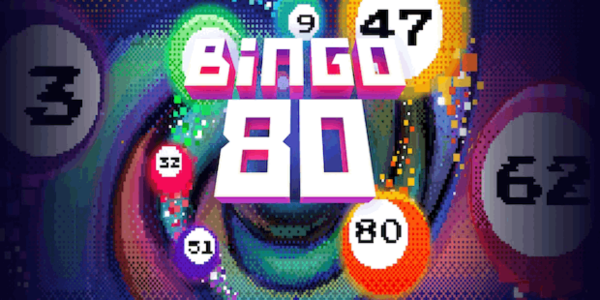
Best Online Casino Games
Bingo Rules
Like many popular games, Bingo has many different formats, so we will only discuss the basics of the most commonly played version.
Almost all versions of the game use a paper (or other material) ticket with numbers arranged on it. Sometimes letters, words, pictures, and so on are used instead of numbers, but such Bingo games are more often used for educational purposes.
With at least one Bingo ticket, the game is played as follows:
- Numbers from 1 to 75 (American version) or from 1 to 90 (British version) are written on the board.
- The middle square of the ticket is pre-marked.
- Players can have more than one Bingo ticket.
- Once the game starts, no more Bingo tickets can be purchased.
- During the game, numbers are announced or shown. Players must find the number (if it is on their ticket) and mark it.
- Bingo is won by the player who first marks a row of numbers (or several, depending on additional rules).
All Bingo formats and variants are based on these basic rules.
The advantage of this game is its simplicity. After playing just once, the game becomes clear, although you may need to develop skills to quickly spot and mark numbers if you have more than a few tickets.
Although the game is very simple, there are Bingo strategies—some applicable to all formats and variants, some specific.
Bingo Game, Strategy, and Probabilities
The application of Bingo strategies differs significantly from other games, as it is impossible to influence probabilities once a ticket is purchased, but various tactics can be applied beforehand.
One of the most important strategic aspects of Bingo is the guaranteed prize or prize pool. The prize pool is prepared regardless of the number of players and is always paid out even if only one person played. Many experienced Bingo players suggest applying these practices before starting the game:
- Determine the number of tickets and players. It is not necessary to find the exact number, but knowing the prize and the number of tickets can help roughly calculate the probabilities and the value of one ticket.
- Take advantage of valuable offers. Packages that reduce the price of a single ticket if a larger quantity is purchased at once often provide more value.
- Play against as few people as possible. The Bingo prize pool is static, i.e., it does not change with the number of players. The fewer people, the greater the chance of winning.
- Buy a larger number of tickets. This advice, of course, should be taken with caution, as you need to monitor each ticket and consider the amount of money available for the game.
Many online casinos offer additional prizes, so always read the rules thoroughly. Sometimes these prizes may not be related to the game itself (for example, given to chat participants), sometimes they are additional Bingo prizes (for marking several rows of numbers or similar).
Determining the overall probabilities of winning Bingo is quite difficult, as this game has several formats, different conditions, and ways of obtaining prizes. The house edge always fluctuates, but many Bingo players believe it is possible to achieve at least an even probability level, and some believe it is possible to gain an advantage.
What Are the Main Types of Bingo Games?
All different types of Bingo games are fun and simple, so anyone can play.
The basic rules are the same everywhere: just mark the numbers on the card as they are announced until you form the required pattern and win BINGO!
But did you know there are many types of Bingo grids? Here are some very well-known ones:
75-ball bingo. This is a very traditional Bingo game that you have probably played before. The game uses a card with 25 squares arranged in five rows and columns. Each square contains a number from 1 to 75, except for the middle one, which is already marked.
80-ball bingo. This variant of the traditional game is quite popular in the United Kingdom. The Bingo card has 16 squares arranged in four rows and columns.

Each square contains a number from 1 to 80, and each column is a different color. You win by marking a row of numbers in any direction or by marking another pattern, such as four corners.
90-ball bingo. This is another type of classic game, very popular in the United Kingdom. It uses a card with 27 squares arranged in nine rows and columns. Each row contains five numbers and four blank spaces.
The numbers range from 1 to 90, and each column contains different groups of numbers. You can only win if you are the first to mark one row, two rows, or all the numbers on the card.
History of the Bingo Game
The first traces of the Bingo game appeared in Italy in the mid-16th century. This game started as a simple lottery where certain numbers were crossed out. Later, the game's identity changed as it spread to other countries.
Around the mid-18th century, the first modern design of Bingo was implemented, featuring three rows and nine columns of numbers. The current American version uses 5 rows and 5 columns of numbers, with the middle square automatically filled. In Great Britain, a paper sheet with 9 columns and 3 rows is used.





